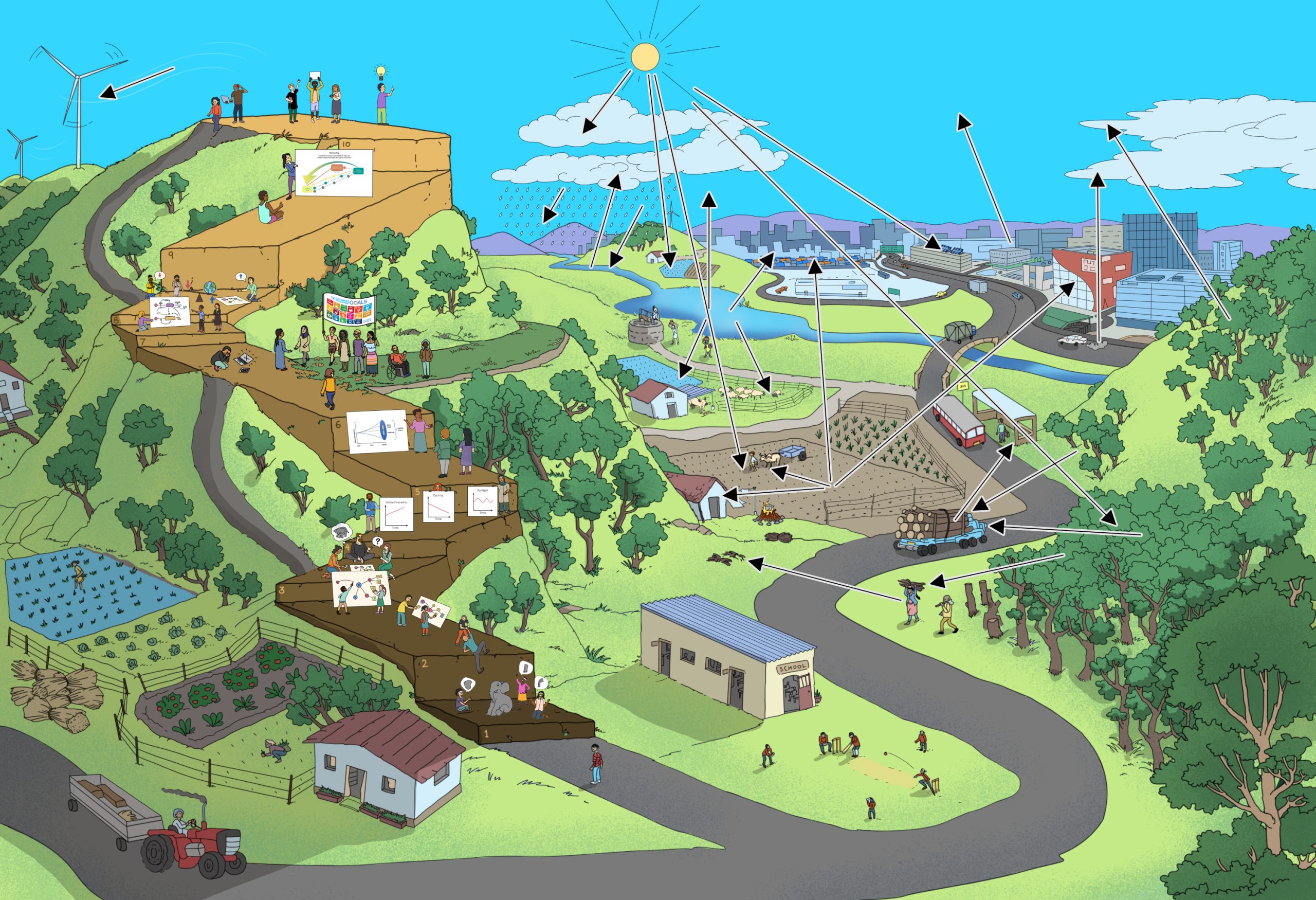Debate
Suitable for Steps 9, 10
Duration
30 minutes to an hour
Material Needed
None; or podium in case it is available
Group size
A moderator, as many groups as there are major viewpoints (two to three) and one speaker to represent each group.
Objective
To arrive at a decision or conclusion about the topic of discussion.
Description
A debate is not the same as a discussion. While discussions are generally open and without strict rules, debates are regulated with regard to the time allotted for speech and the sequence of speakers.
Debates are used to arrive at a decision, often through voting, after assessing the arguments made for or against the topic. The arguments though mainly expected to be rational and backed by facts, may also have a values-based argument or emotional appeal on the controversial issue.
A debate must be conducted with appropriate preparations. The debate is headed by a moderator, who guarantees the rules including that each speaker can express his thoughts without interruption.
To conduct a pros-cons debate, two groups are placed opposite to each other. Each group names one member as their speaker.
Preliminary steps:
- Get well informed about the topics, including pro and cons positions.
- Summarize your main arguments in written form.
- Train for articulating your arguments in a practice session.
- Make your arguments transparent, example by depicting on a poster or digital media.
- Get your pleading well prepared with the help of group members.
The debate:
- The moderator opens the debate with a short summary of the topic and reminds the participants about the rules.
- Each speaker makes his/ her plea in a maximum time of three minutes.
- After the pleadings both groups discuss among themselves the possible strategies and arguments against the other position.
- The moderator opens the core phase of the debate allowing both speakers to exchange arguments.
- The moderator integrates the audience into the debate by putting questions to the speakers.
- A final voting shows a clear result of the debate and the conviction of the majority.
Contribution to Systems Thinking competence
Different views about sustainability may arise in relation to an issue, for which a decision is needed.
A debate allows for a platform where strong arguments can evolve, based on which voting can be conducted, or for which a consensus may emerge.
For example, whether the use of genetically modified organisms (GMOs) is acceptable is a topic of debate. A debate can help evolve public policies.
Training for clear articulation of one’s views, thinking logically, and being able to grasp opposing viewpoints and consider them fairly, are important democratic skills. The assemblage of different points of view, the underlying rationale and values are part of developing a systemic understanding of issues.

